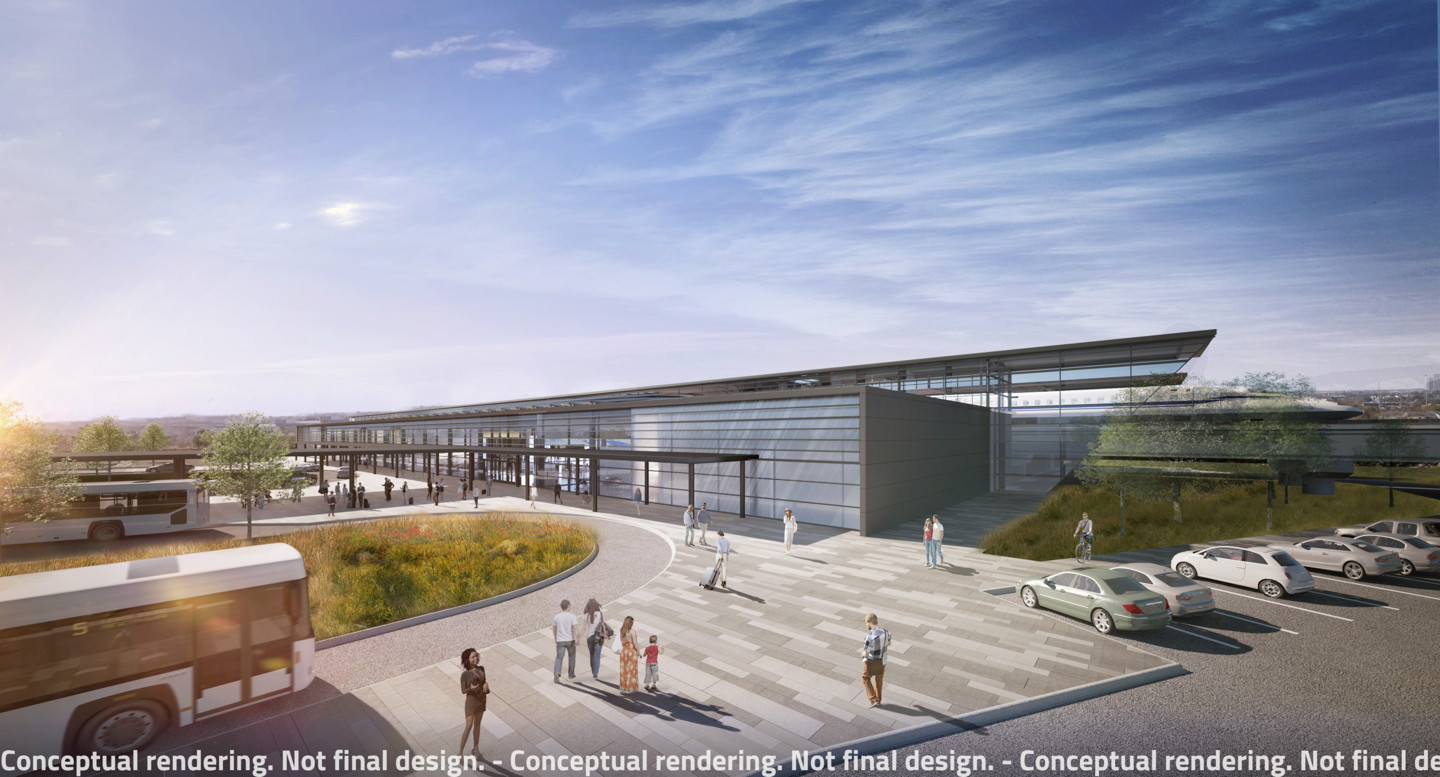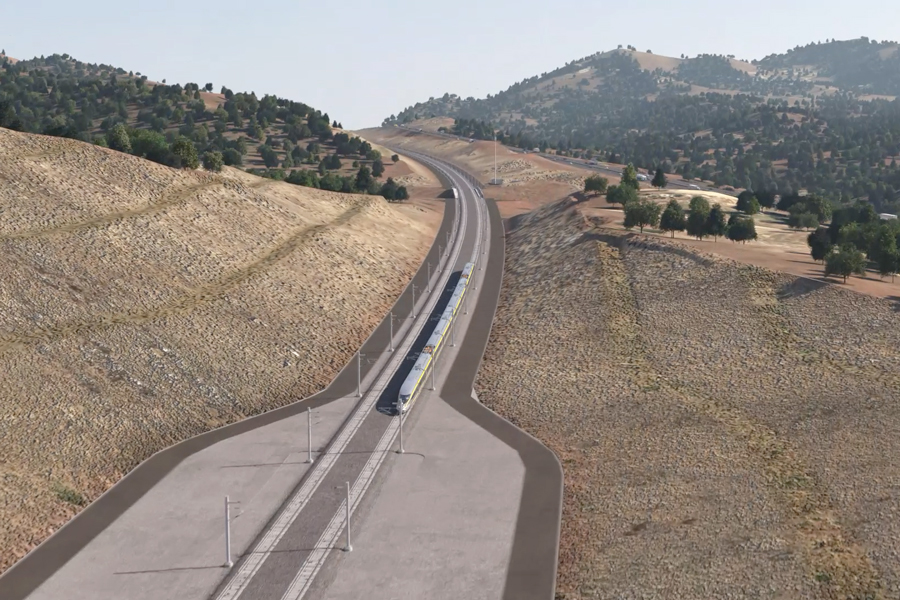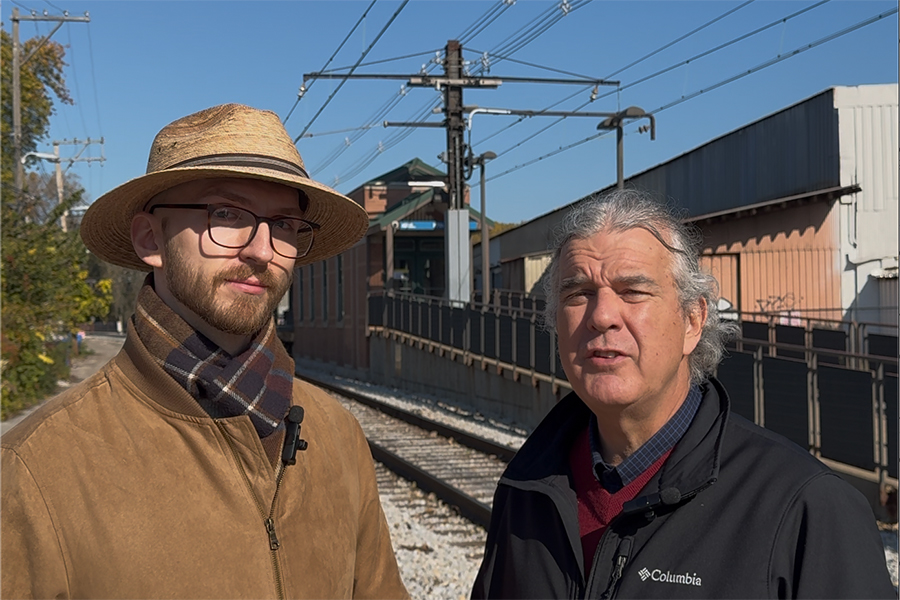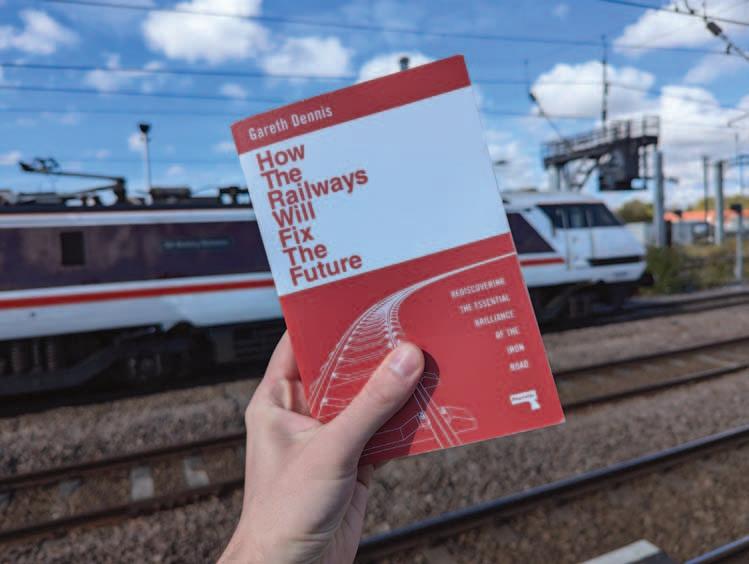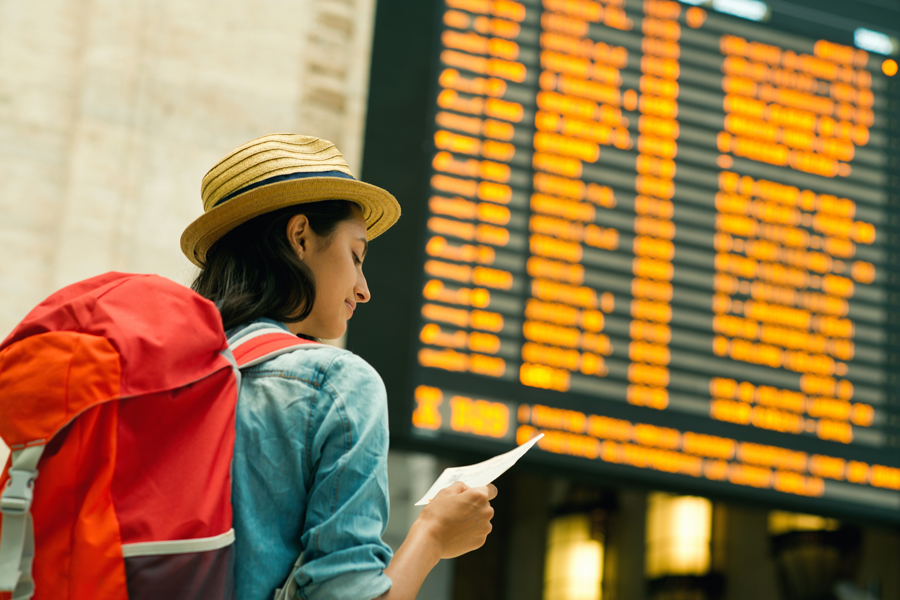More Amtrak equipment, California tunnels, Corridor ID on the list The movement to develop a great train network in the United States made undeniable gains in 2025: Illinois passed transit legislation worth $1.5 billion a year, which not only will continue to fund...
Texas Central, the private company planning a 240-mile high-speed rail line from Dallas to Houston, won a key court case last week.
The crux of the case is whether the company is legally a railroad before it begins operating trains. Without that status, it has no right of eminent domain, which allows it to expropriate land that will be used for the public’s benefit. Public utilities often exercise eminent domain in building their infrastructure, and government agencies routinely exercise it to build roads.
The ruling means that Texas Central, which has purchased roughly one-third of the land parcels it needs for the line, can claim the right of eminent domain as it seeks to buy the remaining parcels. The case is being appealed to the Texas Supreme Court, which may or may not decide to accept it.
Although it is incorporated as a railroad, Texas Central has not yet fully cleared state and federal permitting and regulatory processes. That limbo status led a Texas judge to rule last year that it was not legally a railroad. The case was brought by plaintiffs based in Leon County. In overturning the decision in Leon County, the 13th Court of Appeals declared that Texas Central is “both a railroad company and an interurban electric railway.” The court also noted that there are “well-founded policy concerns regarding the wielding of eminent domain powers by private entities”—but that the relevant state law is clear on the issue of eminent domain and that, as a railroad company, Texas Central is entitled to use it.
What happens with the Texas line has national implications, since the project may be the first true high-speed line in North America. It will also encourage regulatory reforms that allow high-speed rail to flourish across the U.S.
The line is planned as a stand-alone system, which means that in addition to being totally fenced off and having no highway crossings, the high-speed trains will never share tracks with frieght trains. Those safety features mean the trains can be lighter than regulations currently allow. Lighter trains have lower operating and maintenance costs, which means they’re attractive to private investment. The trains are being adapted from a Japanese system that has a perfect safety record since it began operating in 1964.
Texas Central’s electrified trains will run at roughly 200 m.p.h., and the trip from Dallas to Houston will take 90 minutes. That’s two hours less than driving and about an hour less than flying (with airport terminal time factored in).
Texas Central hopes to open the line by 2026, though the effects of the pandemic on that date remain to be seen. There will be 18 daily departures in each direction. 6.5 million riders annually are expected by the end of this decade. That will dramatically reduce traffic on the highway between Dallas and Houston, I-45, which is already the second deadliest road in the U.S. And fatalities will likely increase as the hassles of air travel push more travelers into cars. That trend is likely a long-term reality.
Writers for The Atlantic recently tackled how the pandemic is affecting airlines. One predicted that “air travel is going to be very bad, for a very long time.” That’s because the process of checking in will become even more tedious as airline employees clean everything with sanitizer. And the airlines, bleeding cash, will cut frills that have made flying more tolerable, like the beverage service and in-flight Wi-Fi. There’s also little chance of fare cuts, since the people still flying are mostly doing so for business or out of necessity.
In addition to saving lives and offering a superior alternative to driving or flying, the Texas line will pump money into the state’s pandemic-rattled economy and generate work for thousands of people—as California’s high-speed rail system is now doing. The Texas project is expected to create 10,000 jobs annually during peak construction years. The total economic stimulus to Texas over the next 25 years is estimated at $36 billion.
The stimulus couldn’t come at a better time. A report prepared for Congress in 2018 noted that infrastructure investments start paying off almost immediately—and that they have the most powerful effect during economic downturns.
In a statement following the verdict last week, Texas Central noted that the project will have “a multi-billion-dollar impact across the U.S. via contracts for U.S. steel mills and other manufacturers,” including minority-owned businesses throughout the nation and rural businesses along the line’s path.
Read More:
Key Legal Decision Made for Dallas to Houston High Speed Line
The Latest from HSRA
Our Latest Blog Posts
Check out the latest news, updates, and high speed rail insights from our blog!
